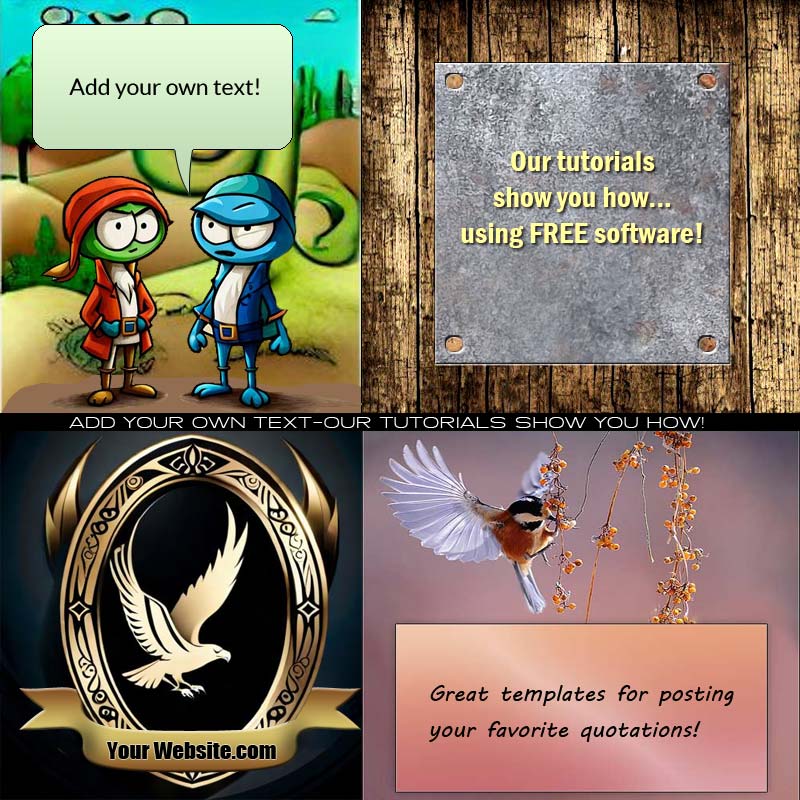Nothing is for sale here. Freewill tips keep the site running. Want to help? → Tip via Paypal
Rewrite and Personalize the Opening Paragraph
The opening paragraph is often the second most important part of your article, only falling in place a little behind the title. That's because your opening paragraph will either cause the reader to keep reading, or to seek something more interesting.If you've used PLR articles before, chances are they were like the majority of PLR articles—they have a dry, mechanical feel.
It's OK if some of your articles have this formulaic introduction that tells people what the article is about before jumping into the actual meat of the article. Sometimes that's appropriate, for sure. But seriously, when it's not necessary, why tell someone what they're about to read, instead of just letting them get right to it?
When it comes to PLR these opening paragraphs, probably more often than not, are just there to increase the word count of the article. Delete it, and instead try creating articles that are a step outside the norm. Can you guess what happens when you break the pattern and do something different?
Your articles get noticed! People read them. And they remember them. If the "difference" is good, your article, your website, your newsletter (wherever you're writing) shines like a beacon among the dull and boring masses.
Let me give you an example of what I'm talking about. Here's the start of a typical article on housetraining a dog…
A properly housetrained dog is a good house guest.
Well yes, Captain Obvious, thank you for sharing that deep insight! Never mind that many of us dog owners don't consider our dogs as guests, they are members of our family.
Starting an article with a plainly obvious observation isn't a good way to WOW your readers and suck them deeper into your content. If you bore them with your first sentence you've just reduced the chance they'll read the second sentence!
So what can you do instead to hook your readers? Your options include, but are not limited to:
- ⇒ Connect with them by empathizing with them.
- ⇒ Engage them on an emotional level.
- ⇒ Start a story that engages their emotions and one or more of their five senses.
- ⇒ Start a story that lets them identify with the main character.
- ⇒ Shock them, perhaps by making an outrageous, yet provable, claim.
- ⇒ Make it about them (e.g., be sure your article is reader-oriented and uses the word "you" often).
- ⇒ Make a big promise or offer a big benefit they need to keep reading to discover.
- ⇒ Perk up a boring introduction by injecting some personality.
- ⇒ Put a spin on a boring topic by offering analogies, metaphors and other tricks that make it memorable.
You can use more than one of these tactics to turn a wilted PLR intro into a blooming rose.
Wait—stop the presses! Did you just notice what I just did there?
Instead of saying you could use more than one of these tactics to turn a "mediocre PLR intro into a good one," I used the words "wilted" and "blooming rose" to describe the before-and-after content. There's nothing so clever about that, that anyone couldn't write it, but a simple metaphor like that paints a more colorful picture for your audience!
Below are specific examples of how to rewrite your introductory sentence to get a rise out of your readers. Go ahead and add these examples to your swipe file:
Original, yawn-inducing first sentence: A properly housetrained dog is a good house guest.
Rewrite #1: You're about to discover how to housetrain your new puppy in 72 hours… or less!
Rewrite #2: Housetraining a stubborn puppy is like giving a three-year-old a haircut – each requires a lot of patience!
Rewrite #3: Imagine this: Your new in-laws are coming over for the first time. And just as the doorbell rings, you discover Fido has left a stinky surprise in front of the door.
Rewrite #4: Are you tired of finding wet spots on the carpet? Are you spending as much money on carpet cleaner as you do for dog food?
Rewrite #5: There I was on my hands and knees again, scrubbing the carpet for what seemed like the 100th time this week.
Rewrite #6: The numbers are shocking. According to the US Humane Society, 67% of dogs that turn up in dog shelters are dumped because they're not housetrained. It' such a shame, because housetraining a dog can be fast and easy.

Rewrite #7: I just housetrained my new puppy in 24 hours flat – and you'll never believe how I did it! The best part is, you can do it too, maybe even faster.
Rewrite #8: It was every ten-year-old boy's dream: A new puppy! But this little bouncing bundle of fur came with strings attached. Dad said if I didn't have the puppy housetrained in 72 hours, we had to take him back…
What to do After the First Few Lines?
So you have your readers hooked in the first line or two. Now what? How do you wrap up the rest of the introductory paragraph?That depends on what you write, of course, but in general you want to transition them into the article. You promise a big benefit, or make them curious what's coming, or make them feel like if they stop reading they're going to miss out on some of the best information they could find on the topic.
In short, your introduction is like the appetizer before the main course. It whets your readers' appetite and makes them keep reading to get more. Simple, right? Yes, but not necessarily easy. It takes a little creative thinking.
LOok at it this way—the purpose of the introductory paragraph is to draw readers into your article. An introduction that engages the readers' senses or emotions has a better chance of doing than than a dry formulaic approach. An intro that promises big benefits and seems to be all about the reader will also do that.
Bottom line: The article example above is NOT about dog training. It is NOT about the dog. It's about your reader. And once you start viewing every article you rewrite as being about your reader first, and what they want, you'll write better articles that will grab your readers and pull them in.
Previous Article in this Series: Transform the Title
Next Article in this Series: Add Good Content





